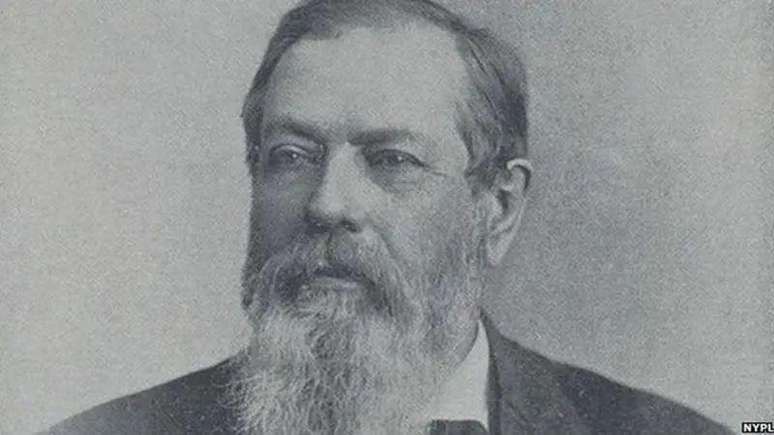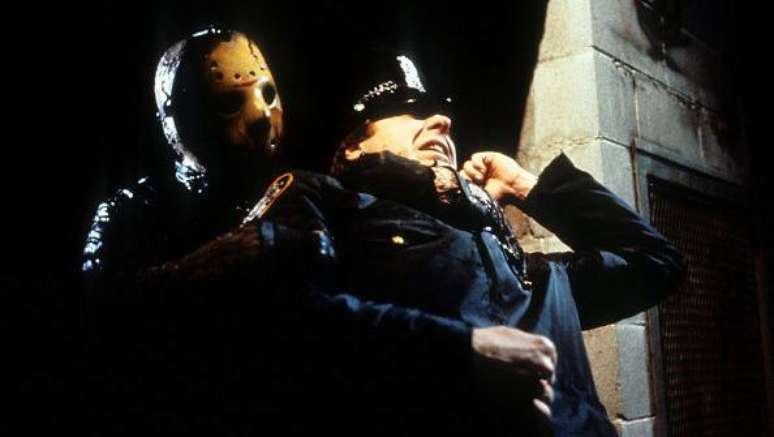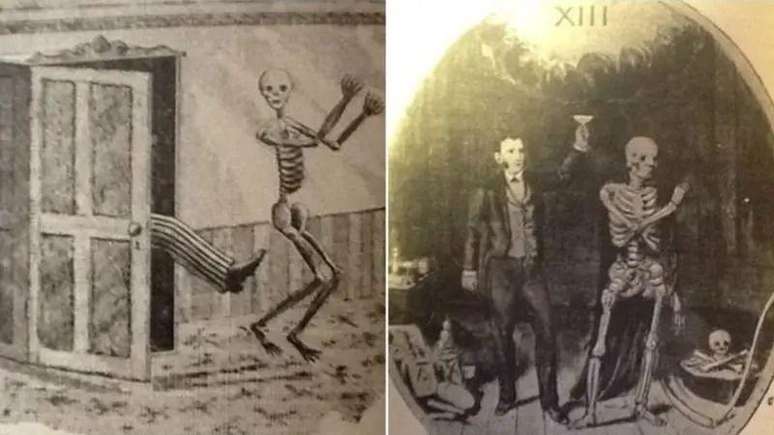Two elements – Friday and the number 13 – which were already scary on their own found themselves together in a historic moment. But, as fate would have it, a group that emerged to ridicule superstitions ended up hallowing the date.
It’s Friday the 13th, the most cursed day on the calendar, presumably the one where anything can go wrong. But where does the idea come from that bad things happen on this date, which happens one to three times a year?
Friday and the number 13 were already associated with bad luck itself, according to Steve Roud, author of the Penguin publisher’s guide Superstitions of Great Britain and Ireland.
“Because Friday was the day of the crucifixion (of Jesus Christ), Friday has always been seen as a day of penance and abstinence,” he says.
“Religious belief has morphed into a widespread aversion to starting anything or doing anything important on Friday.”
Around 1690, an urban legend began to circulate that having 13 people in a group or around a table was bad luck, Roud explains.
Theories behind the unfortunate association with the number 13 include the number of people present at the Last Supper and the number of witches in a coven.

Until these two elements – Friday and the number 13 – which were already scary on their own, ended up coming together in a historic moment.
But, as fate would have it, a group that emerged to ridicule superstitions ended up hallowing the date.
In 1907, a book entitled Friday 13th was published by stockbroker Thomas Lawson – this was the inspiration for the mythology surrounding the date, culminating in the film franchise of the same name in the 1980s.
The book tells the dark story of a Wall Street broker who manipulates stock prices to take revenge on his enemies, leaving them destitute.
To do this, take advantage of the natural tension caused by the date on the financial market. “All the stock market men are keeping an eye on this date. Friday the 13th would be the best stock market session in progress,” says one of the characters.
As you can see, in 1907, Friday the 13th was already a socially consolidated superstition. But 25 years ago this was not the case.
The Thirteen Club, a group of men determined to challenge superstitions, first met on September 13, 1881 (a Wednesday), but would not be officially founded until January 13, 1882.
They always met on the 13th of every month, sat down – all 13 of them – at the table, broke the mirrors, overturned the salt shakers in an extravagant way and entered the dining room under a staircase.
The club’s annual reports meticulously showed how many of its members had died, and how many of those deaths occurred within a year of a member’s attendance at one of its dinners.

‘Big heart’
The group was founded by Captain William Fowler at his restaurant, the Knickerbocker Cottage, on Sixth Avenue in Manhattan, New York. He was considered a “good boy with a big heart, simple and charitable”.
As master of ceremonies, he “always entered the banquet hall at the head of the group, flamboyant and fearless,” according to Daniel Wolff, the club’s “rules master.”
The New York Times reported at the time that at the first meeting, the thirteenth guest was late and Fowler ordered one of the waiters to take his place: “The waiter was being pushed up the stairs when the remaining guest arrived.”
The group’s first target was the superstition that if 13 people dined together, one of them would soon die. But soon after came a second superstition.
In April 1882, the club adopted a resolution deploring the fact that Friday had “for many centuries been regarded as an unlucky day…without reasonable cause” and sent appeals to the American president, governors, and judges requesting that these the last ones stopped planning the hangings. for Friday and carry out executions on the other days of the week.
But there is no trace of the Friday the 13th superstition in the club’s activities. It emerged between the club’s founding in 1882 and the publication of Lawson’s 1907 book.
Could it be the club’s fault?

Pride
The group took every opportunity that presented itself to combine the two superstitions and ridicule them, according to an 1895 Los Angeles Herald report: “For the past 13 years, when Friday fell on the 13th, this peculiar organization has held special meetings to enjoy.”
The club was proud to have put the superstition under the spotlight. Their fame grew: the original 13-member group grew to hundreds of people by the turn of the century, and similar clubs were founded in other cities across the country.
In 1894 the London Thirteen Club was created. In an 1883 letter to New York members, the London club’s scribe, Charles Sotheran, praised the determination with which they fought “two of those vulgar superstitions, the belief that the number 13 would bring bad luck and that Friday would be an unlucky day.”
“You have created a popular feeling in favor of both,” the letter says,
The phrase is ambiguous, but can be interpreted as a sign that the two superstitions, together, became popular among the people.
The Thirteen Club’s doctrine was that “superstitions should be fought and eliminated.”
But everything indicates that, instead, they had the great misfortune of ending up launching one of the best-known and most persistent superstitions in the Western world.
*With reporting by Trevor Timpson
**This report was originally published on October 13, 2017 and republished on December 13, 2024
Source: Terra
Rose James is a Gossipify movie and series reviewer known for her in-depth analysis and unique perspective on the latest releases. With a background in film studies, she provides engaging and informative reviews, and keeps readers up to date with industry trends and emerging talents.







